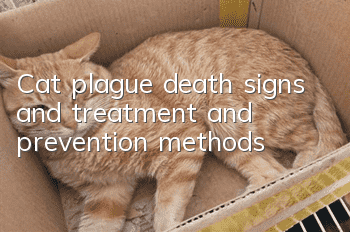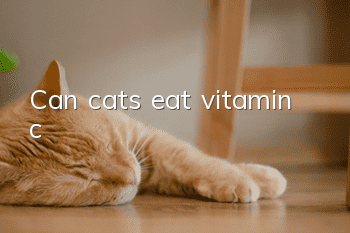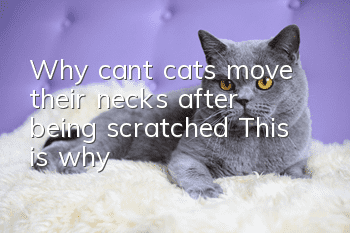Cat plague death signs and treatment and prevention methods

The death sign of cat plague is a sharp deterioration of the condition, which generally manifests as frequent vomiting, bloody stools, dehydration, stopping of eating, etc. Some may even develop serious symptoms such as convulsions, coma, and shock.
Signs of death from cat plague
Feline distemper is an acute, highly contagious disease caused by feline parvovirus infection, with a high mortality rate. The signs of death are rapid deterioration of the condition, such as: frequent vomiting, diarrhea and bloody stools, dehydration, lowered or elevated body temperature, Stop eating, convulsing, going into shock and coma, etc. Cats with these symptoms indicate that the situation is very critical and require a cardiac injection for emergency rescue.
How to treat cat plague
The treatment of feline plague mainly involves parenteral infusion, usually at the standard of 50ml/1kg body weight, electrolyte supplementation to treat dehydration; at the same time, it focuses on relieving vomiting symptoms and administering broad-spectrum antibiotics to prevent secondary infections. Cats with blood in their stools are treated with blood transfusions and fed with 10% glucose injection and saline to replenish energy and moisture.
Care matters during cat plague treatment
1. Keep warm. The cat’s resistance is very low at this time, so avoid catching cold and aggravating the condition.
2. Strictly clean and disinfect the cat’s living environment. If there are other pets in the home, they should be isolated. The cat’s utensils and tableware should be disinfected every day.
3. Feed an appropriate amount of probiotics or lactobacilli to help regulate the gastrointestinal tract. A large number of antibiotics used in treatment will cause digestive system disorders. Help is needed to restore intestinal flora, but the interval between antibiotics and antibiotics needs to be more than half an hour.
4. Metoclopramide injection is an effective antiemetic drug and can be fed directly to relieve cats’ vomiting symptoms.
5. The diet should be based on easily digestible liquid food. Do not feed high-protein food, as the cat cannot digest it.
Prevention is the key to cat plague
1. Carry out attenuated vaccine vaccination. The first injection should be given when the cat is 9-10 weeks old, and then the second vaccination should be carried out 2-6 weeks apart. It can be administered by intranasal drip or intramuscular injection (pregnant female cats cannot vaccination).
2. Inactivated vaccine vaccination. The first inactivated vaccine vaccination can be carried out after weaning, and then the second vaccination can be carried out 3-4 weeks apart; adult cats are also vaccinated twice every 3-4 weeks.
3. If a new cat needs to be brought back, it should be kept in isolation for at least 8 days, and stray cats need to be isolated for 16 days.
4. Pay attention to the disinfection of the cat’s living environment and choose pet disinfectant. Disinfectants used by humans cannot completely eliminate pathogenic bacteria.
- Why cats can’t take baths often
- Can cat-borne infection spread through the air?
- What medicine should cats take if they have a cold or fever?
- Male cat repeatedly enters the litter box but does not urinate
- Does a cat that gets lost at night recognize its owner?
- Can kittens eat carrots?
- feline gastroenteritis
- Can a cat that has been infected with feline distemper for two months be cured?
- How do cats get feline transmission?
- Can Dapai be used to deworm cats? Is it suitable for cats?



